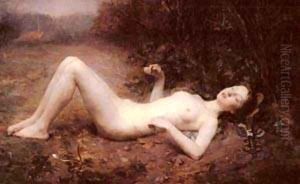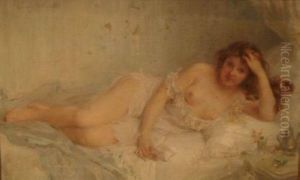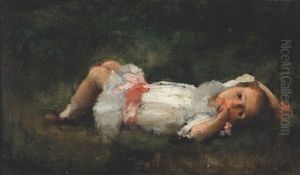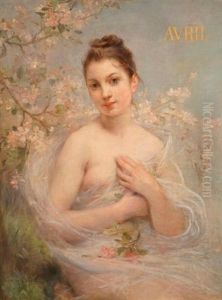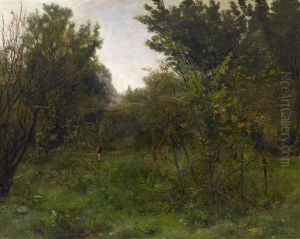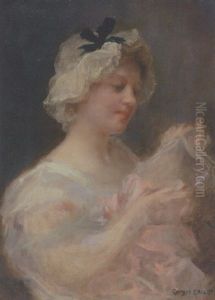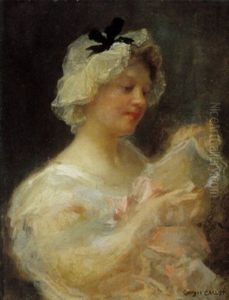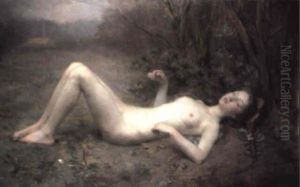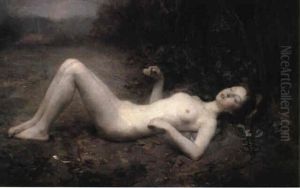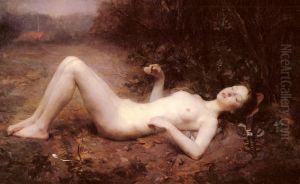Georges Callot Paintings
Georges Callot, more commonly known as Jacques Callot, was a baroque printmaker and draftsman from the Duchy of Lorraine (present-day France). He was born in 1592 in Nancy, Lorraine, to an aristocratic family. Callot's artistic career began when he ran away from home in 1608 and ended up in Rome, where he was taken in by a member of the Medici family. He was subsequently sent to study under the engraver Philippe Thomassin. His time in Rome helped him to develop his skills and to absorb Italian art influences, particularly the works of the Carracci family, which would be evident in his later prints.
Callot returned to Nancy around 1611 and began to work for Duke Henri II of Lorraine. In 1612, he went to Florence to work for Cosimo II de' Medici, Grand Duke of Tuscany. There, he continued to refine his craft and was exposed to a variety of new artistic techniques, including the use of a harder etching needle which allowed for greater detail in his prints. Callot's work from this period includes a series of etchings known as 'The Large Miseries of War,' which depict the horrors of the Thirty Years' War and are notable for their detailed representations and critical perspective on the atrocities of war.
Callot's prints are characterized by their dynamic compositions, keen observational detail, and the technical innovation of the 'callotage', a method of making etchings that involves the use of a very fine etching needle to create delicate lines. This allowed for a higher level of detail and a greater range of tonal effects than was previously possible. Callot is also known for his small, intricate, and lively figure studies, referred to as the 'petits caprices', as well as for his larger narrative scenes and religious images.
In addition to 'The Large Miseries of War,' some of Callot's most famous works include 'The Fair at Impruneta,' a lively depiction of a bustling Italian fair, and 'The Martyrdom of St. Sebastian.' He was a prolific artist, creating over 1,400 prints during his lifetime that influenced the development of the printmaking medium in Europe.
Jacques Callot passed away in 1635 in Nancy. His work had a significant influence on later artists, including Rembrandt, who admired and collected his prints. Callot's legacy continues to be appreciated for his contributions to the art of etching and for his unique ability to capture the spirit of his time through his detailed and expressive prints.

